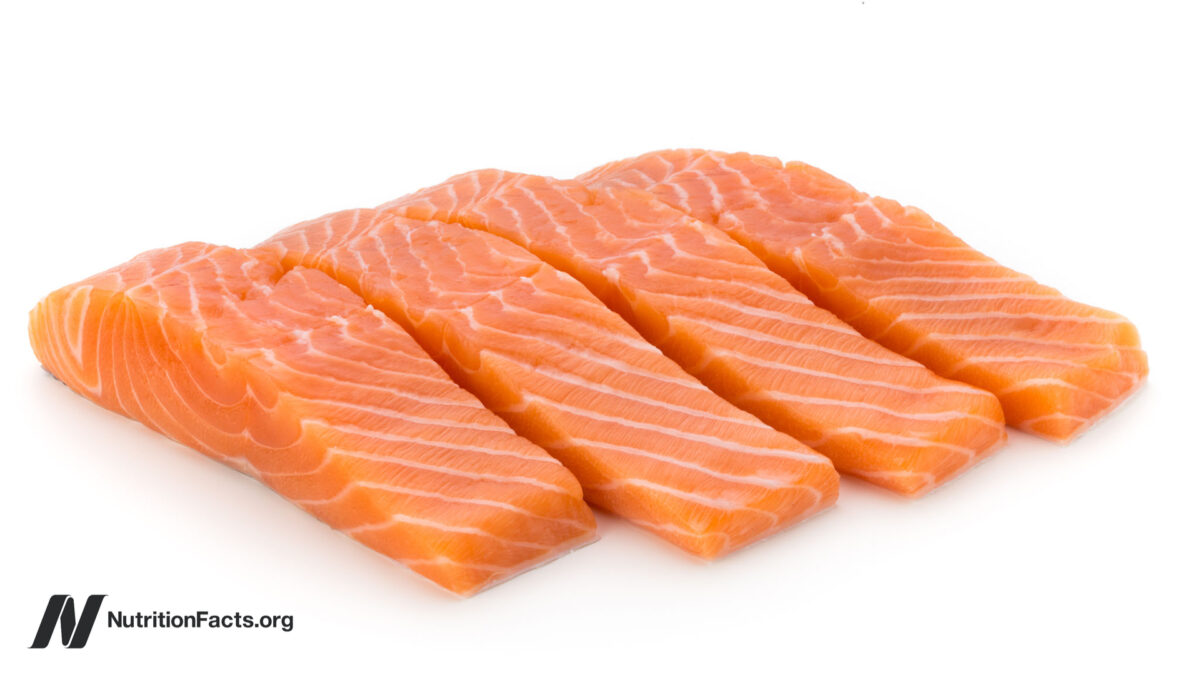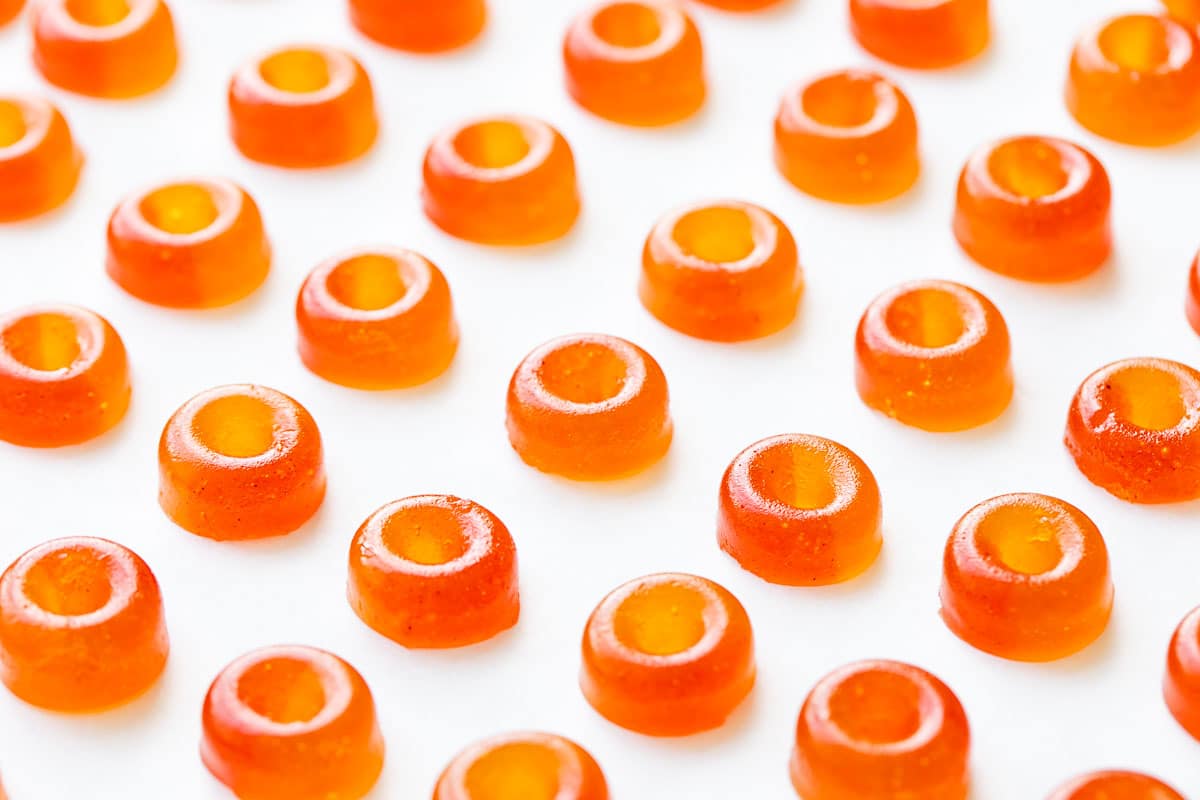Microplastics in Fish Fillets
How many plastic particles have been found in a serving of fish? Microplastic pollution of our waterways may not just represent a threat to marine […]

How many plastic particles have been found in a serving of fish?
Microplastic pollution of our waterways may not just represent a threat to marine ecosystems, but also to human health. It’s evident we’re exposed to these pollutants when consuming seafood, which may create a food safety risk. Is some seafood less contaminated than others? The first published study looked at mollusks. Eating an average serving of mussels, you consume around 90 plastic particles, whereas an average serving of oysters may contain only around 50. “As a result, the annual dietary exposure for European shellfish consumers can amount to 11,000 microplastics per year.” We don’t know what kind of risk this carries, though. “Nevertheless, due to their persistent nature, microplastic abundance in the marine environment will only increase.”
“It is inevitable that humans eating seafoods will ingest at least some microplastics, particularly in the case of species in which the entire soft flesh is consumed, such as mussels, oysters, and small fish.” What about sardines? Researchers looked at contamination of canned sardines and sprats with microplastics and mesoplastics (plastic pieces larger than a millimeter). They investigated 20 brands of canned sardines and sprats from 13 countries over four continents and found plastic particles in about one in five. The researchers suggested the disparity might have been due to improper gutting in the contaminated samples.
We know that ingested microplastics can get through the gut wall of mammals and circulate throughout the body and even cross the placental barrier. Do microplastics actually make it into the muscles of fish, like a fish fillet? That’s the topic of my video How Much Microplastic Is Found in Fish Fillets?.
If you compare the level of microplastics in eviscerated flesh versus the excised organs, sometimes the flesh actually contains higher microplastic loads than the organs, “which highlights that evisceration does not necessarily eliminate the risk of MP [microplastic] intake by consumers.” Researchers found that microplastics “with a wide variety of colors, shapes and size were detected in all investigated fish muscle samples.” So they do actually get into the flesh! The average intake of microplastics from eating flathead, grouper, shrimp, scad, or barracuda may be in the hundreds of plastic particles per 300-gram serving or just in the dozens of plastic particles in a 2-ounce child’s serving. “Besides physical injuries of MPs [microplastics] ingestion” itself, the particles may release absorbed pollutants, like polychlorinated biphenyls (PCBs), as well as plastic chemical additives, like bisphenol A (BPA), which, collectively, “may cause endocrine disruption, carcinogenesis, and mutagenesis”—that is hormone disruption, cancer risk, and DNA damage. “Hence, although there is no standard dose for [microplastics] MPs’ ingestion, as well as information on exact toxicity of different plastic types in the human body, taking such high weekly doses [of these kinds of fish] can threaten the health of consumers (especially vulnerable groups including pregnant and breastfeeding women and children).”
In the United States, anthropogenic debris, meaning man-made materials, were found in a quarter of individual fish and in two-thirds of all fish species tested, and about a third of individual shellfish samples. This demonstrates that man-made debris “has infiltrated marine foodwebs”—the aquatic food chain—“to the level of humans via seafood. Because anthropogenic debris is associated with a cocktail of priority pollutants, some of which can transfer to animals upon ingestion, this…supports concern that chemicals from anthropogenic debris may be transferring to humans via diets containing fish and shellfish, raising important questions regarding the bioaccumulation and biomagnification of chemicals and consequences for human health.” The study also included non-plastic debris, like foams, film, and fibers, but we know now that the ingestion of microplastics “appears to be a widespread and pervasive phenomenon” across a number of commercially important mollusks, crustaceans, and fish.
“The potential for humans, as top predators, to consume microplastics as contaminants in seafood is very real, and its implications for health need to be considered…Despite the existence of considerable uncertainties and unknowns, there is already a compelling case for urgent actions to identify, control, and, where possible, eliminate key sources of…microplastics before they reach the marine environment.”
For more on this topic, see in my videos Microplastic Contamination and Seafood Safety and Are Microplastics in Seafood a Cancer Risk?.
What about the proposed benefits of fish consumption? See my videos Omega 3s and the Eskimo Fish Tale and Is Fish Oil Just Snake Oil? to learn more.

 JimMin
JimMin 
































